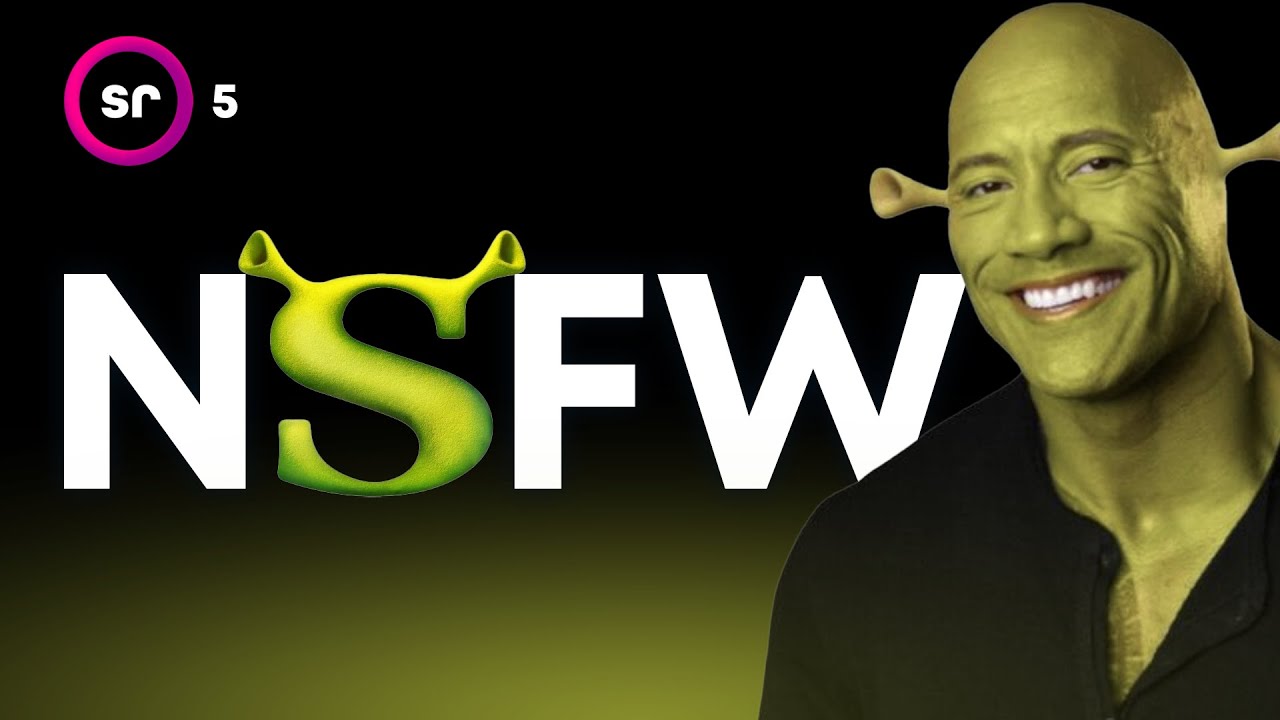The text discusses the application of Semantic Router’s vision and image features, including Vision Transformers and Clip, for multi-modal NSFW detection using a Shrek-themed dataset. By creating routes for Shrek and not Shrek images and utilizing the multimodal route layer, the system accurately classifies images based on predefined routes, demonstrating the potential of the Semantic Router library for various image classification tasks and beyond.
The new vision and image features of Semantic Router include Vision Transformers and Clip, a multimodal model. This allows for the use of image routes and multimodal routes, enabling various use cases such as data pre-processing, automated video splitting based on imagery, and image detection like safe-for-work (SFW) versus not safe-for-work (NSFW) detection. A demo is presented using the Shrek-themed dataset, where SFW images contain Shrek and NSFW images do not. The process involves installing Semantic Router, loading the dataset, creating routes for Shrek and not Shrek images, and testing the classification system.
The dataset consists of training and test splits with images labeled as Shrek or not Shrek. Routes are created based on these labels using the images from the training split. The Clip encoder is initialized for multimodal classification, and a route layer is set up using the encoder and defined routes. Testing the system with text classification shows accurate classification of images as Shrek or not Shrek based on the predefined routes. Additionally, unseen images from the test dataset are correctly classified by the multimodal route layer, demonstrating its effectiveness.
The process involves grabbing Shrek-labeled images, creating routes for Shrek and not Shrek classifications, and initializing the multimodal Clip encoder for classification. The system accurately classifies images based on predefined routes, even when using text for classification instead of images directly. Further testing with unseen images from the test dataset confirms the system’s ability to correctly classify images as Shrek or not Shrek. The multimodal route layer proves to be effective in image classification tasks, showcasing the potential of the Semantic Router library for various applications.
The multimodal route layer successfully classifies images as Shrek or not Shrek based on the predefined routes, even when using text for classification. Testing with unseen images from the test dataset further validates the system’s accuracy in image classification tasks. The potential of the Semantic Router library extends beyond image classification, offering opportunities for route optimization, video splitting, and intelligent data processing. By training the route layer on utterances and routes, more precise classification results can be achieved in various applications.
The Semantic Router library’s capabilities extend to route optimization, video splitting, and intelligent data processing, beyond image classification tasks. The system’s effectiveness in accurately classifying images based on predefined routes, even with unseen images, showcases its potential for diverse applications. Future developments may explore additional ways to leverage the Semantic Router library for innovative projects. Users are encouraged to experiment with the library’s features and share their creations, as there are numerous possibilities for building unique applications with Semantic Router.
